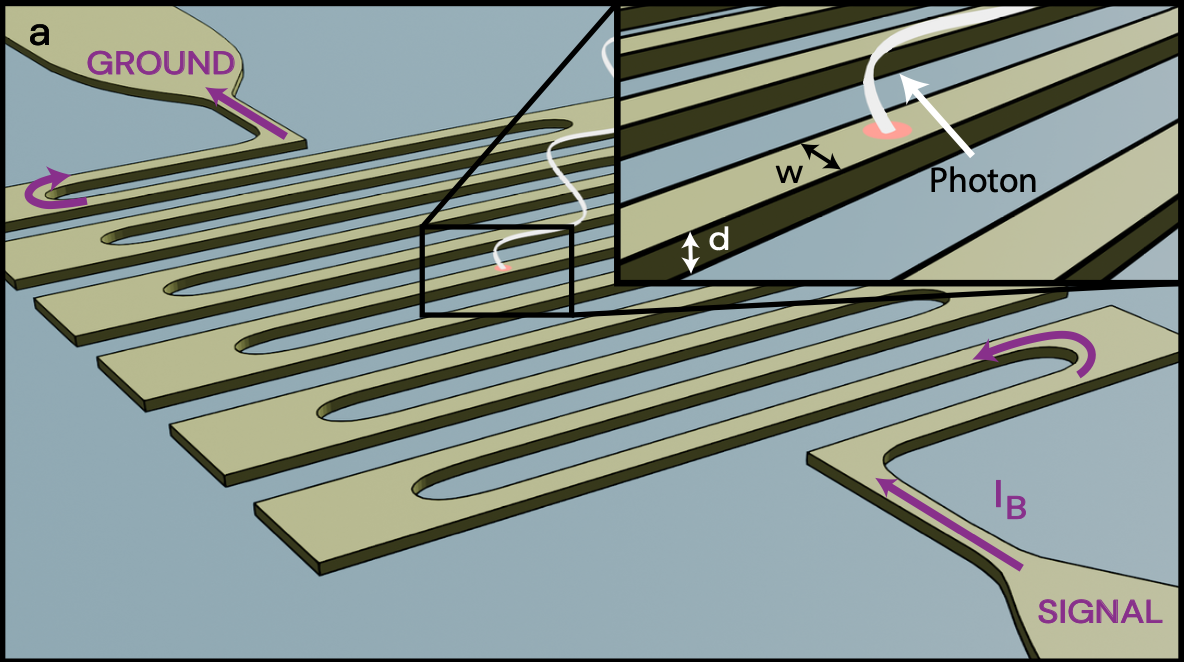New publication and preprint announcement
Ab initio modeling of single-photon detection in superconducting nanowires
Exciting News from our Research Group!
We are thrilled to share two updates about our recent work:
Publication in Physical Review B
Our preprint, Synthesis of Mg2IrH5: A potential pathway to high-Tc hydride superconductivity at ambient pressure, has now been published in Physical Review B! You can find the full paper here: https://doi.org/10.1103/PhysRevB.110.214513.
This study investigates a potential route to achieve high-temperature superconductivity in hydride materials at ambient pressure. Through targeted synthesis and detailed characterization, we identified the stable hydride Mg2IrH5, which offers a promising platform for accessing the predicted superconducting Mg2IrH6 phase. For more details, check out the publication!
New Preprint: Ab Initio Modeling of Single-Photon Detection in Superconducting Nanowires

We are equally excited to announce that we’ve submitted a new preprint to arXiv: Ab initio modeling of single-photon detection in superconducting nanowires.
This paper represents a significant departure from our previous work, combining ab initio materials calculations with device modeling techniques. In collaboration with the group of Karl Berggren at MIT, we created a comprehensive framework to model nonequilibrium quasiparticle and phonon dynamics in thin superconducting films under optical irradiation.
What makes this study special is its practical focus on superconducting nanowire single-photon detectors (SNSPDs), devices critical for applications in quantum communication and sensing. By bridging the gap between fundamental materials theory and device-level modeling, we achieved improved quantitative agreement with experimental measurements—a significant step forward for predicting and optimizing device performance.
While the methods were developed for SNSPDs, they are highly general and can be applied to other superconducting devices, such as transition-edge sensors, microwave resonators, and even superconducting qubits. This cross-disciplinary approach highlights the power of collaboration and the exciting opportunities at the intersection of materials science and device engineering.
We look forward to hearing your thoughts on both projects and invite you to reach out for discussions or collaborations. Stay tuned for more updates as we continue to explore the fascinating world of superconducting materials and devices!